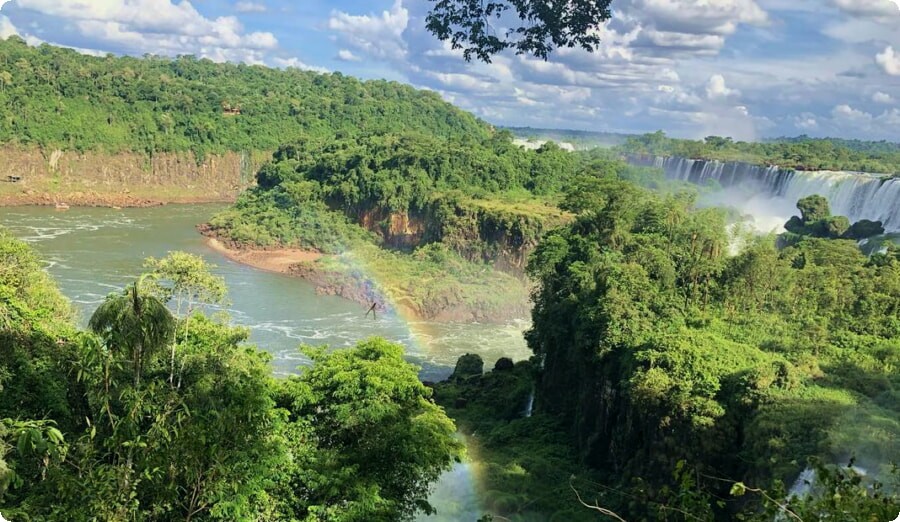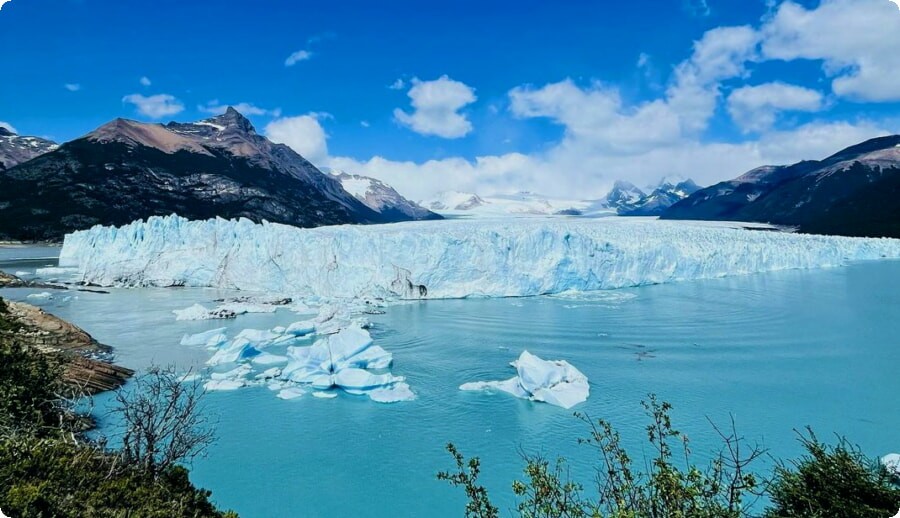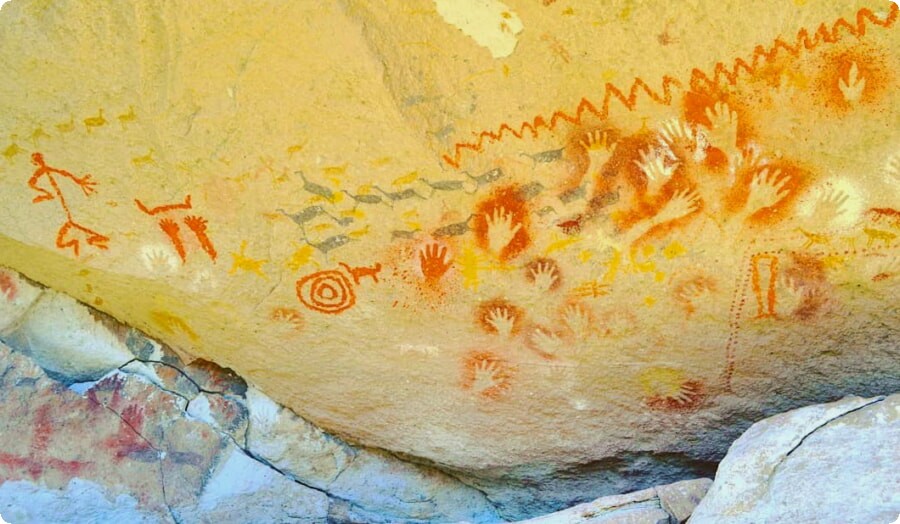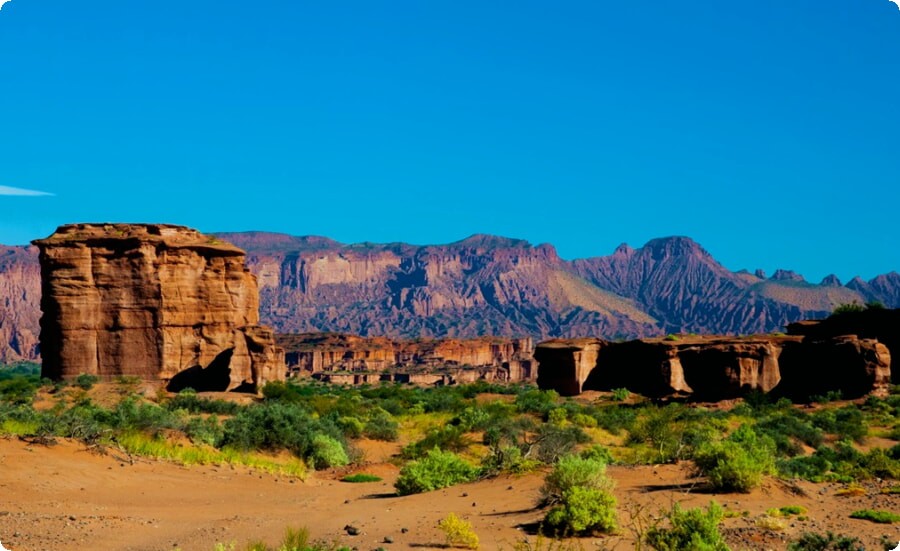World Heritage Sites in Argentina
Argentina is a country with an incredible natural heritage. Here you can visit Los Alerces National Park and the Parque Nacional Laguna San Rafael, where indigenous peoples lived long before Europeans arrived. You can also explore another park, the Monte León National Park, which protects the Andean forests that inspired writer Jorges Luis Borges while he was growing up in Argentina. The Iguazu Falls are one of the biggest tourist attractions in South America because they are so spectacularly beautiful!

Los Glaciares National Park
The Los Glaciares National Park is a national park located in Santa Cruz Province, Argentina. It was established on May 12, 1937, and covers an area of 5,780 km2 (2,240 sq mi). The park was designated a UNESCO World Heritage Site in 1981 for its exceptional natural beauty. Its main attraction is the Perito Moreno glacier which grows by about 2 meters (6 ft 7 inches) per day and descends from almost 4 kilometers (13,000 ft) above sea level down to Lago Argentino at 1 kilometer (3281 ft). The name Los Glaciares means "The Glaciers" in Spanish; however it should be noted that there are no glaciers present today within the borders of this national park due primarily due to global warming but also because they have been melting away since the end 19th century when European settlers first arrived here.

Jesuit Missions of the Guaranis
The Jesuit Missions of the Guaranis are a series of Jesuit reductions (missions) built in the 17th and 18th centuries by Spanish colonists in South America to convert the indigenous Guaraní people to Christianity. They are located in the Argentine province of Misiones, about 400 kilometers from Buenos Aires, between Brazil's border and Uruguay's border.

The Jesuit missions were established on lands that had been occupied by various tribes since before European colonization began in 1536-37 (when Juan de Salazar founded Santa Ana). The first group arrived at Lake Ipacarai on November 23rd 1556 under Father Pedro Lozano; they were soon followed by others who settled further south along the River Paraná de las Palmas until 1632 when they finally reached their destination: Santa Cruz de la Sierra mission which became known as "Mission Nuestra Señora de Loreto" - Loreto meaning "Our Lady".
Iguazú National Park
Iguazú National Park is a UNESCO World Heritage Site located in the province of Misiones, Argentina, on the border with Brazil. It was established in 1934 and covers an area of 1,757 square kilometers (632 sq mi).

The park contains several waterfalls including Iguazu Falls (Spanish: Cataratas del Iguazú), which are divided into three main sections: Garganta del Diablo ("Devil's Throat"), Fuente de las 3 Porciones (Source of the 3 Sections) and Salto San Martin.
Cueva de las Manos, Río Pinturas
This cave painting site in Argentina is thought to be around 10,000 years old. The paintings depict humans and animals on the walls of the cave.

Península Valdés
Península Valdés is a peninsula in the Atlantic Ocean, located on Argentina's Patagonian Coast. It's home to one of the largest breeding colonies of southern right whales in the world. The area also hosts other whale species including blue, finback and humpback whales. In addition to its rich marine life, Península Valdés has some beautiful landscapes that make it an excellent place to visit if you're interested in learning more about ocean conservation efforts or want to see some unique wildlife up close!

Talampaya Natural Park
Talampaya Natural Park is located in the northern part of Argentina's Cordoba Province. It encompasses two lakes--Talampaya and Negra--that were formed by volcanic eruptions millions of years ago.
The park features deep canyons, caves and gorges carved by water over time. The landscape includes sandstone formations resembling petrified sand dunes that are more than 60 million years old. These natural features are protected by UNESCO as part of its World Heritage Sites program because they're considered to be an important part of Earth's history, according to the organization's website: "Their exceptional testimony provides evidence for how life developed on our planet."

To get there from Buenos Aires, take a flight or bus ride north about three hours until you reach San Miguel de Tucuman (the capital city), then take another hour-long bus ride west into Talampaya National Park itself.
Jesuit Block and Estancias of Córdoba
The Jesuit Block and Estancias of Córdoba are located in the city of Córdoba, Argentina. The Jesuit Block is a UNESCO World Heritage Site that was founded by the Jesuits in 1630 and later became an agricultural estate. The site includes archaeological remains of colonial architecture such as gardens, houses and churches with beautiful frescoes depicting religious themes painted on their walls by indigenous artists using local pigments.

These are the world heritage sites in Argentina